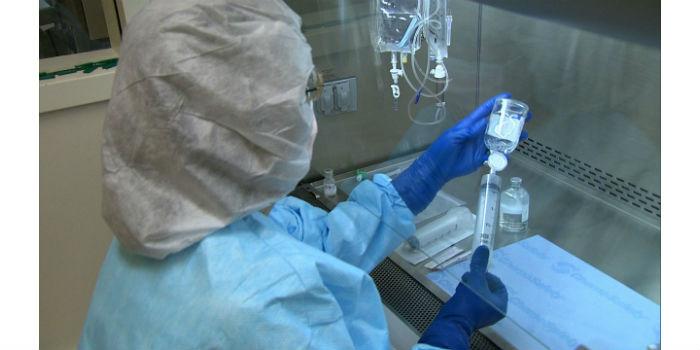 This will be a special of three editions in which different details will be delivered for the correct implementation of an air conditioning system in this type of spaces.
This will be a special of three editions in which different details will be delivered for the correct implementation of an air conditioning system in this type of spaces.
by Eng. Camilo Botero G. - Eng. Camilo José Botero - Eng. María Lucía Botero*
Microscopic manufacturing, food, medicine, aerospace, biological, and other applications require clean, germ-free atmospheres. Pollution affects health, laboratories, hospitals, and other selective manufacturing processes, being the best place to control particles, the point of generation. This technology was started about 50 years ago and with the advancement of manufacturing processes, more clean rooms are needed, especially in microelectronics.
The Clean Rooms for Pharmaceuticals control pollution and particles capable of survival (mainly growth of bacteria). The challenge of air conditioning is to maintain maximum efficiency, meeting the specifications required by the processes.
When an air conditioning project for a clean room and/or the pharmaceutical industry is initiated; it should be thought that they are high performance systems, which must strictly comply with the specifications that the different products or processes require, with maximum efficiency in their operation and care for the environment and it could be answered that they are those that meet the following conditions:
- Maximum Energy Efficiency.
- Minimal Impact on the Environment
- Compliance with Owner Requirements for rdp Project
- Ease of Operation
- O&M (Operation and Maintenance) Maintainability
- Stability during its Life Cycle
These conditions are easily written, but it really is not so obvious and less so for the type of clean room and/or pharmaceutical projects, to which this column refers. There are too many facilities that behave far from ideal, with high risks to the health of their users. The fundamental answer to achieve the above is given by the ASHRAE Standard 202 – 2013 on Quality Assurance (Commissioning) in air conditioning systems, which in its prologue defines it as "A quality-oriented process to optimize the delivery of a project. The process focuses on evaluating and documenting that all systems and assemblies are planned, designed, installed, tested, operated and maintained to meet the owner's requirements for the project." It is a process focused on quality, to improve the delivery and O&M of a project.
Definitions
Clean Rooms: a room in which the concentration of airborne particles is controlled and is also built and used in a way that minimizes the introduction, generation and retention of particles inside the room. Other relevant parameters such as temperature, humidity, pressure and particle concentration are controlled according to specifications.
Clean area: A defined space in which the concentration of airborne particles is controlled to meet a specific class of cleaning of such particles.
Terminology:
• Aseptic Space
• Pollution
• Critical Parameters
• Design conditions
• High-efficiency particulate air filter (HEPA)
• Ultra low penetration air filter (ULPA)
• Qualification and Qualification Protocol
• One-way flow
• Validation
• Workstationi
Sources of Pollution
External Sources:
Outdoor Air, to meet indoor air quality. Also the one that infiltrates through adjacent spaces (doors, windows, slots)
Internal Sources:
Personal (one of the most common sources)
Type of activity
Equipment for manufacturing processes
Products/materials
Cleaning Agents
Processes
Cross Contamination
Example of External Sources — Urban Areas
Typically contains ten million particles per cubic foot (> 0.3 microns)
Example of Internal Sources — people:
A person at rest releases more than 100,000 particles per minute (> 0.3 microns)
Contaminant Classification
Contaminants can be particulate, either solid or liquid; or not particulate like gases. Other contaminants are of various types: radiation, vibration, noise, ions, etc. Its elimination is complex and for this the processes must be fully understood and each of them requires different types of cleaning. The ultimate goal is to control pollution.
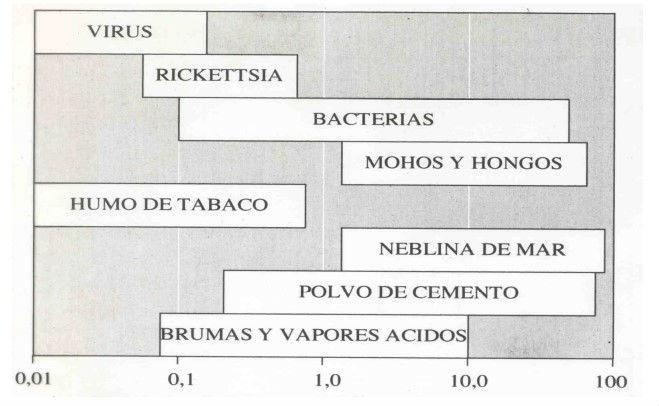
Figure 1. Particle size in microns.
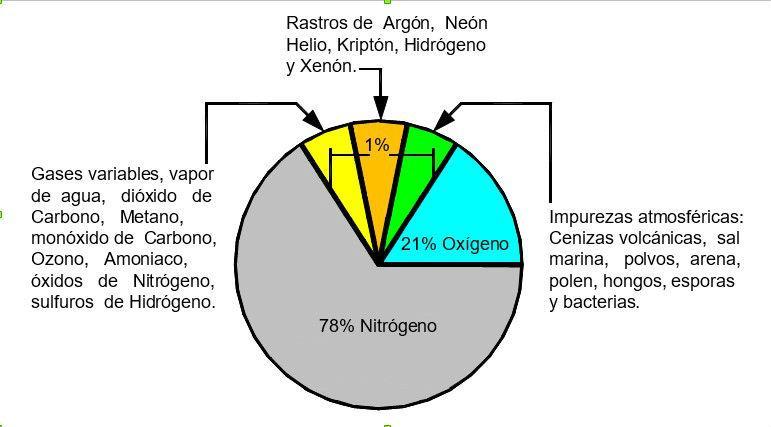
Figure 2. Composition of the air we breathe:
It is necessary to filter the air to remove bacteria, protect the well-being of the occupants, protect product in process and / or stored, avoid the risk of fire, and reduce maintenance in the Handling Units, and inside the air-conditioned areas.
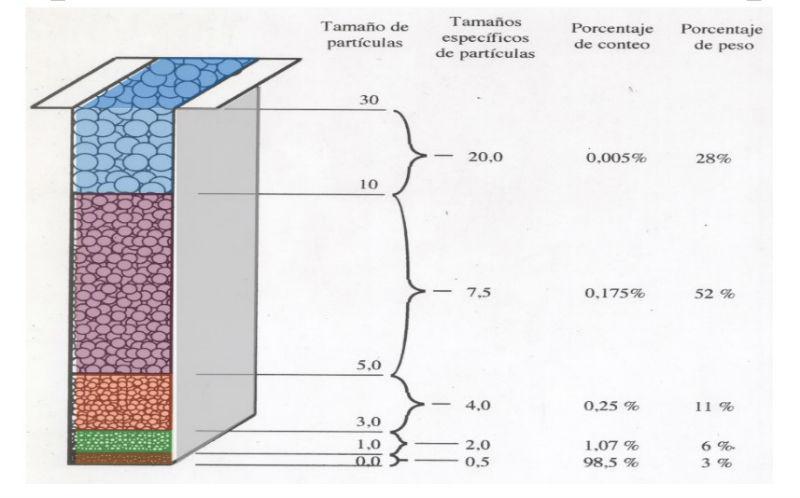
Figure 3. Sources of Pollution:
Filtration Principles
1. Impact: It is the mechanism by which large particles of high density are captured.
2. Interception: Occurs when a dust particle follows the current line and makes contact with the fiber. It influences, the Van Der Waals Force, the dipole moment, the electrostatic attraction and is affected by: particle size, fiber diameter, distance between the fibers, depth of the filter medium, speed through the filter medium.
3. Pressing: Occurs when the smallest dimension of the dust particle is greater than the distance between the fibers of the filter medium.
4. Diffusion Effect: Explains the capture of very small particles, which do not follow the current lines and carry an erratic movement which increases the probability of their capture.
Standards and classes:
Classification of Clean Rooms:
• Clean Benches.
• Biological safety cabins.
• Industrial Finish.
• Computer Equipment.
• Photographic Industry.
• Industrial Process Control Rooms (C.C.M.).
• Textiles.
• Gas Turbines.
• Rooms for Telecommunications Equipment.
A bit of history
• 1960 — First concept of Clean Room
Nuclear Fusion Systems — Sandia Nat. Lab., NM. USA)
◦ Aviation: gyroscope assembly
◦ Semiconductors: microchip processing
◦ HEPA Filters
• 1966 — First Federal standard - classes
◦ The version used during the 90s was: Fed-Std-209E (1992)
The international standard for clean rooms is the ISO 14644-1 standard.
A recent case in which I participated as a design commissioning agent was: air conditioning, dehumidification, extraction, refrigeration, in a genebank, about which I already wrote a column for this prestigious magazine, but it is worth treating in the context of these articles, because it has clean rooms, both in laboratories, conservation chambers and cold rooms, and in several of them HEPA filtration is required.
When it comes to genetic resources for food security, a germplasm bank or seed bank is a place intended for the conservation of the different genetic varieties of one or more crops and their related species.
It is also where seeds that are in danger of being lost by colonization, agricultural land use, are kept, and the goal is to conserve the genes or species that were left to be sown over time and have been replaced by many other varieties, in order to try to conserve these resources. The conservation of the seeds is carried out at very low temperatures (up to – 25 ° C), so that an adequate viability of the seeds can be maintained for a long time, say up to 50 years. Physically, genebanks store in large deposits, either in envelopes or jars the seeds preserved at low temperatures, for use, when required.
The reasons for having these seed genebanks are varied: one may be that some species as they vary genetically, the originals gradually disappear, and therefore it is convenient to keep them as they were before their modifications. Another reason is that there are pests that destroy the varieties in a region; wars or other catastrophic events. Also that from them the basic characteristics for their improvement can be obtained, perhaps a native species can present a very important resistance to some pest or disease, but this species may not be attractive for commercialization, but through the tools of improvement this characteristic can be used in another variety that if it contributes to the economy of agricultural producers.
There are millions of seeds saved in hundreds of germplasm laboratories around the world, but this is only a fraction of all that could be preserved from seeds on the planet to feed humanity, since there are many regions with species, which have not yet been explored and that is where Genebanks are fundamental.
The seeds that are to be kept in a genebank are harvested, collected and dried to a moisture content of less than 5%. The seeds are then stored in freezers from -18 ° C, to - 25 ° C. Because seeds lose their viability over time, they have to be periodically sown again, so that fresh seeds can be harvested, which initiate another round of long-term storage, to ensure humanity's food security. This requires that the cold rooms for such conservation be designed, built and operated with the highest demands of technology and control.
In the International Center for Tropical Agriculture CIAT (https://ciat.cgiar.org/) located in the city of Palmira Valle, in Colombia, which has been in operation for 60 years, beans and cassava seeds are available, which must be stored for more than 50 years and for this, this center has undertaken an ambitious project to develop a laboratory of genetic resources, with a state-of-the-art genebank, since its mission is: "Reduce hunger and poverty and improve human nutrition in the tropics, through research that increases the eco-efficiency of agriculture". More than 200 scientists, many of them with phD academic level and other professionals, carry out the research work at CIAT. These researchers work in collaboration with hundreds of partners and with the support of a wide range of donors.
CIAT develops and collects varieties of beans (more than 20,000 species), cassava (more than 6,000 species) and fodder that are more resilient, productive and profitable, these crops being vital for the world's food security. CIAT's biosciences platform includes the largest genebank in Latin America and laboratories where scientists from around the world improve crops. CIAT seeks innovative solutions to important challenges in tropical agriculture, which generate great achievements for the entities that support them and benefit from their work.
Taking into account this background, CIAT designed the most modern laboratory for its genetic resources activities, with a design of the highest level both in what has to do with its cold rooms, process rooms, research and teaching, with an architecture that has very high expectations in terms of sustainability, care for the environment, maximum efficiency in energy consumption, possibility of adapting in an adjusted way to partial loads and therefore has decided to seek LEED Platinum certification and achieve the balance of Zero Energy: NZEB or better yet, a positive balance, generating its own electrical energy, with photovoltaic panels, since there is enough area for it.
It is intended to use bidirectional electricity consumption meters to interact with the public network. During its design, simulation techniques of thermal loads, moisture loads and their profiles of energy and drying demands were used over a typical day, also taking into account climatic variations during a year, and bioclimatic architecture methodologies were conveniently combined with air conditioning designs, dehumidification, refrigeration and extraction of maximum efficiency and performance, integrating national and international engineering and architecture through a design and audit team of great competences in the latest technologies, to guarantee the optimal performance of this genebank, with the participation of course of scientists from several countries, experts in genetic resources, who defined the parameters that optimize their research work.
The topics of air conditioning, dehumidification, refrigeration and extraction of the dust generated by the preparation of the seeds interact and require a detailed process of calculations of thermal loads, moisture loads, elaboration of complex psychrometric charts with their respective diagrams of mass and energy balances in each equipment. Priority was given to having the laboratory with insulation, which minimizes the loads by transmission and radiation, which is very severe in the tropical area where it is located. An optimal insulation thickness was calculated for the cold rooms which will produce a minimum energy consumption for cooling and great stability of the design temperature, inside them.
A balance and economic technical analysis was made to determine the condensation medium of the chiller to achieve its maximum efficiency, favoring air condensation, using variable speed compressors. The air handling units are 100% outdoor air with enthalpic energy recovery discharging cold beams that will be responsible for carrying the sensitive load inside the spaces, with a minimum of electrical energy consumption, in the subject of air management. With the outside air, the sequence of pressure differentials required to avoid cross-contamination in the laboratory is also achieved.
The selection of the cold water temperature imposes a demanding challenge, to achieve the ADP (Apparatus Dew Point) that are very diverse for the different areas, the most critical having a value of 48 °F (8.9 °C), and this led to a cold water temperature of 42 °F (5.6 °C), with a temperature delta of only 6 °F, this requires the selection of coils with a considerably higher number of rows than is normally used.
The detailed calculation of moisture loads requires that the overall coefficient of humidity permeance in cold rooms be minimal, which requires a continuous vapor barrier and high resistance to let moisture pass through the walls of cold rooms, since the partial pressure differentials, generated by the low specific humidity inside the cold rooms and the high specific humidity outside, which generate such mass transfer; they are very high, being in a tropical zone, with high content of specific humidity in the air, mainly when on very warm days of the order of 36 ° C, if a tropical storm comes and then the sun rises again, the specific humidity becomes as high as 170 grains per pound of dry air. (24 grams per kilogram of dry air).
The selection of the dehumidification equipment of the absorption wheel type was done by adding all the moisture loads, since this process is critical in the drying areas of the seeds. The regeneration of the desiccant wheel will be done with hot water from solar collectors, with the support of gas heaters, when there is no solar radiation, to optimize the use of energy for this concept.
The dust collection system by pneumatic transport must be such as to collect dust from the seed preparation areas; this dust is very fine and therefore the designs of the dust collection devices must be very elaborate since this point is critical to collect it properly, without generating contamination on the work sites. The dust collected and transported pneumatically, are taken to a dust collector with cartridge filters, which has an automatic cleaning system with compressed air.
Note: The second part of this special article will be presented in the next edition (ACR 24-6 Nov / Dec.) and soon in this digital version.
* Camilo Botero is the current Secretary of the Federation of Ibero-American Associations of Air Conditioning and Refrigeration - FAIAR; he was president of ACAIRE and is president of Camilo Botero Ingenieros Consultores Ltda. He has worked as a teacher in several Colombian universities, guilds and currently in ACAIRE in diploma courses of air conditioning projects, energy efficiency in air conditioning and refrigeration, cogeneration and trigeneration, applied psychometrics, thermodynamics, fluid mechanics, heat transfer and turbomachinery. ([email protected]). * The engineers Camilo José Botero and María Lucía Botero are children of Camilo Botero and are also part of the consulting company Camilo Botero Ingenieros Consultores Ltda.



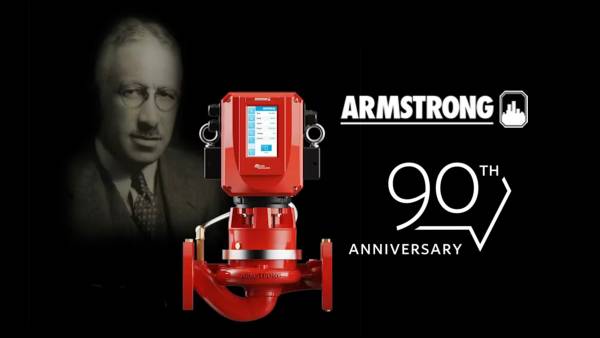
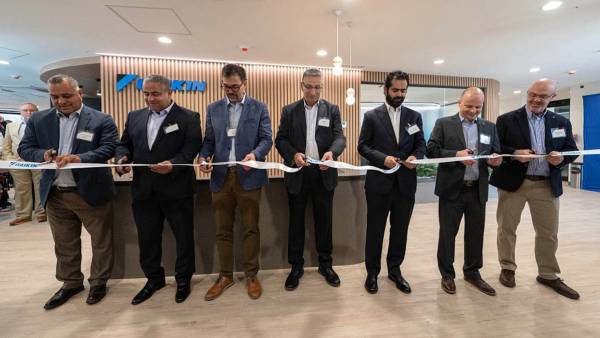
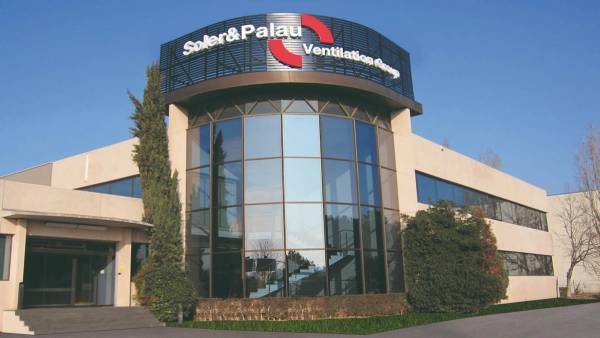

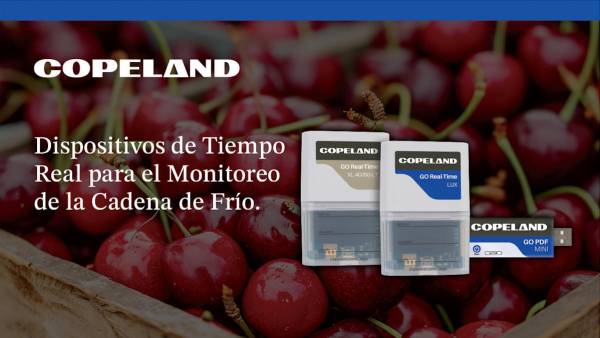
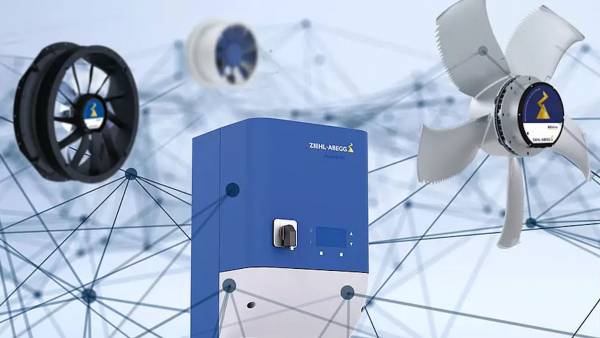
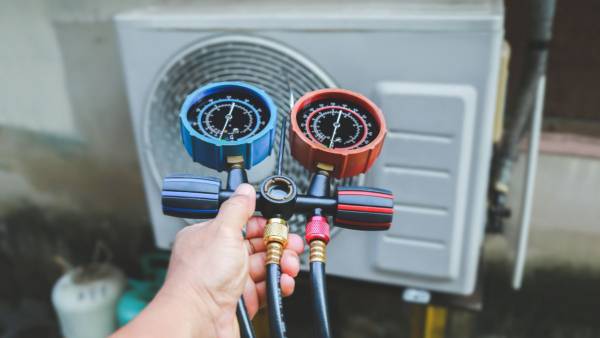
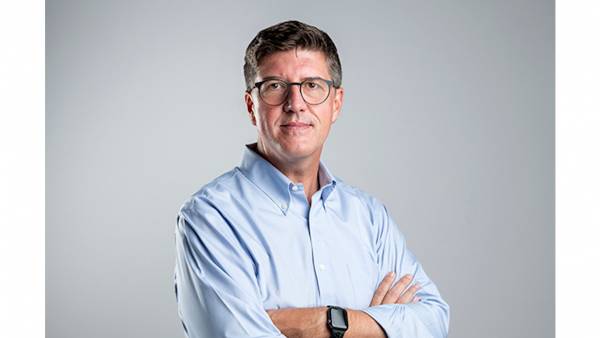
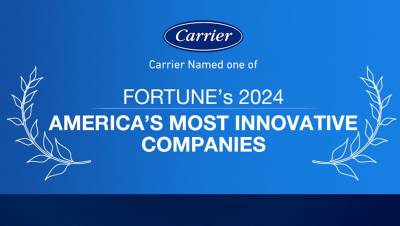
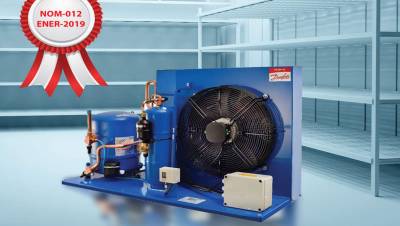
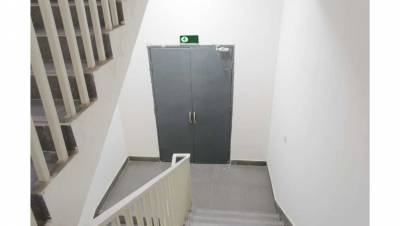
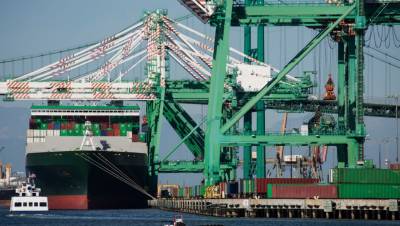










Hola Adriana, escríbenos a editorial@acrlatinoamérica con tus datos de ubicación y más especificaciones sobre el producto que buscas, así podemos ayudarte de la mejor manera con tu consulta.
Saludos,